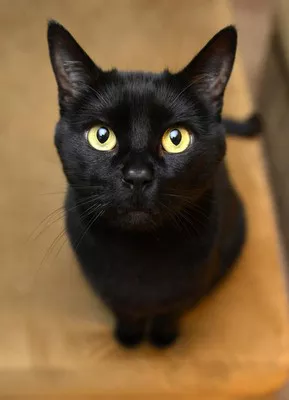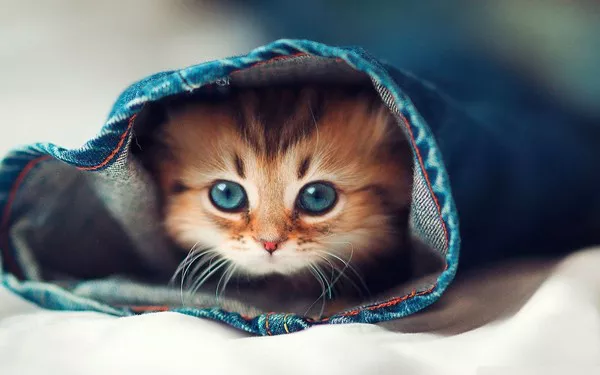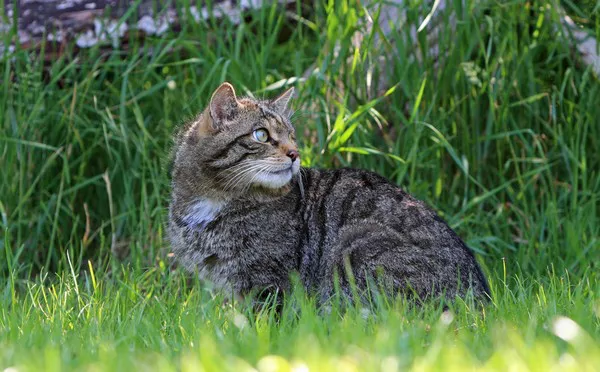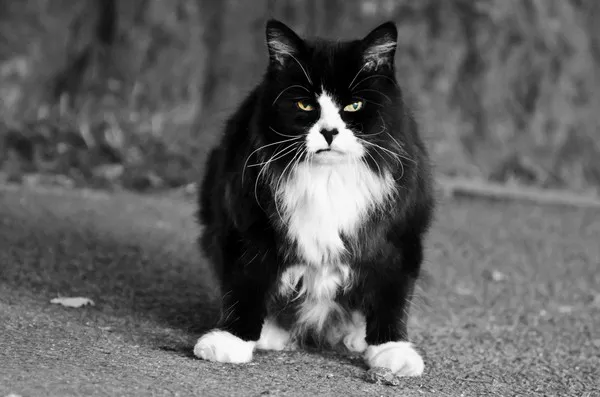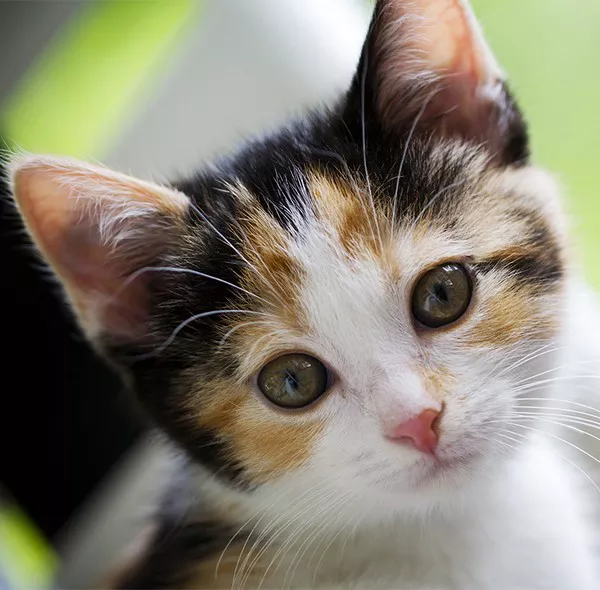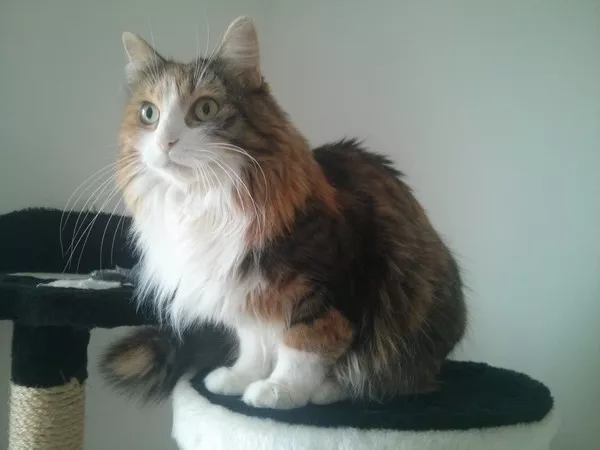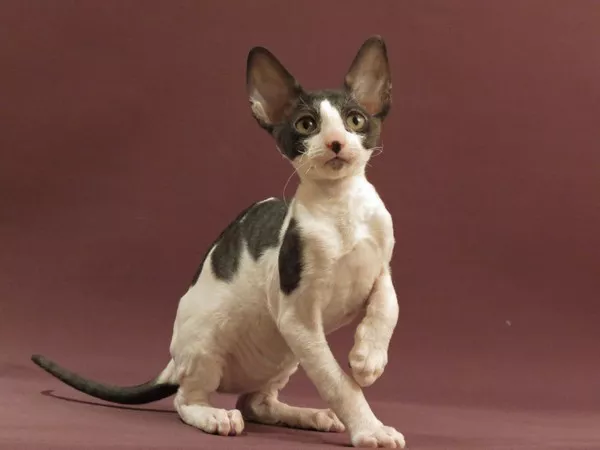Cats, with their enigmatic personalities, have a vast array of vocalizations that serve as a means of communication. Among the various feline breeds, the Bombay cat stands out not only for its sleek black coat and striking appearance but also for its charming vocal habits. In this comprehensive exploration, we delve into the intriguing world of Bombay cat vocalizations, unraveling the reasons behind their meows, and understanding the nuances of their communication.
The Bombay Cat – A Regal Presence
1. Distinctive Characteristics
Before delving into the vocal tendencies of Bombay cats, it’s essential to appreciate the unique qualities that define this breed. Bombay cats are known for their sleek, jet-black coats, copper or gold eyes, and muscular build. Their appearance often draws comparisons to a small, panther-like feline.
2. Personality Traits
Beyond their physical attributes, Bombay cats are celebrated for their affectionate and social nature. These cats tend to form strong bonds with their human companions, seeking out companionship and interaction.
The Language of Meows
1. Communication Through Sound
Meowing is a fundamental aspect of feline communication, and Bombay cats are no exception. Cats use meows to express a range of emotions, from seeking attention and expressing contentment to signaling hunger or distress. Understanding the nuances of their meows is key to deciphering the messages they convey.
2. Variety in Vocalizations
Bombay cats, like many other breeds, exhibit a variety of meows with different tones, pitches, and durations. Each meow may carry a distinct meaning, allowing attentive owners to respond appropriately to their cat‘s needs.
Bombay Cats and Their Vocal Prowess
1. A Vocal Reputation: Bombay cats are often noted for their vocal prowess. While individual cats may vary in their vocal tendencies, many Bombay cats are known to be more vocal compared to some other breeds. The reasons behind their heightened vocalizations can be multifaceted.
2. Seeking Attention: One common reason Bombay cats may meow frequently is to seek attention. These social cats thrive on interaction and may vocalize to engage their owners in play, affection, or simply to be in their presence.
3. Expressing Affection: Bombay cats are affectionate by nature, and their meows can be a way of expressing love and attachment. Vocalizations may intensify during moments of bonding, such as when a Bombay cat is curled up on their owner’s lap or seeking cuddles.
4. Hunger and Mealtime Rituals: Meowing can also be a signal of hunger, especially during mealtime. Bombay cats may use their vocalizations to remind their owners of feeding schedules or express anticipation for a tasty meal.
Responding to Bombay Cat Meows
1. Interactive Engagement
Responding to your Bombay cat’s meows with interactive engagement is a positive way to strengthen your bond. Play sessions, affectionate interactions, and dedicated quality time can address their social needs and provide an outlet for their vocal expressions.
2. Feeding Rituals
When your Bombay cat vocalizes around mealtime, consider incorporating interactive feeding rituals. Using puzzle feeders or engaging in playful feeding activities not only addresses their hunger but also stimulates their minds, creating a more enriching mealtime experience.
Understanding Individual Variations
1. Personality Differences
While Bombay cats, as a breed, may share certain characteristics, it’s essential to recognize the individual variations in their personalities. Some Bombay cats may be more vocal than others, and factors such as early socialization, environment, and genetics can contribute to these differences.
2. Respecting Quiet Moments
Not all Bombay cats are incessantly vocal. Some individuals may be quieter by nature. Respecting their quieter moments and providing a calm environment is equally crucial for their well-being.
Signs of Distress and Health Concerns
1. Changes in Vocalization Patterns
Understanding your Bombay cat’s typical vocalization patterns is essential for identifying signs of distress or potential health issues. If your cat’s meowing suddenly changes in frequency, pitch, or tone, it may warrant a closer look.
2. Veterinary Consultation
Persistent changes in vocalization, especially if accompanied by other concerning behaviors or physical symptoms, should prompt a consultation with a veterinarian. Underlying health issues, dental problems, or discomfort could manifest through alterations in vocal behaviors.
Training and Positive Reinforcement
1. Establishing Communication Boundaries
While embracing your Bombay cat’s vocalizations, it’s essential to establish communication boundaries. Consistent training using positive reinforcement techniques can help redirect excessive vocalizations, reinforcing desired behaviors and discouraging unwanted ones.
2. Rewarding Quiet Behavior
Rewarding moments of quiet behavior with treats, affection, or play reinforces the idea that positive actions lead to positive outcomes. Over time, this can contribute to a more harmonious living environment.
Conclusion: Embracing the Melodic Conversations
In conclusion, the vocal tendencies of Bombay cats add a melodic dimension to the feline-human relationship. Understanding the reasons behind their meows and responding appropriately fosters a deeper connection between owners and their Bombay companions. Whether seeking attention, expressing affection, or signaling hunger, Bombay cats engage in a captivating conversation through their vocalizations, enriching the shared experience of companionship. Embracing and interpreting the melodic conversations with your Bombay cat creates a harmonious and fulfilling relationship, where each meow becomes a unique expression of their vibrant personality.

